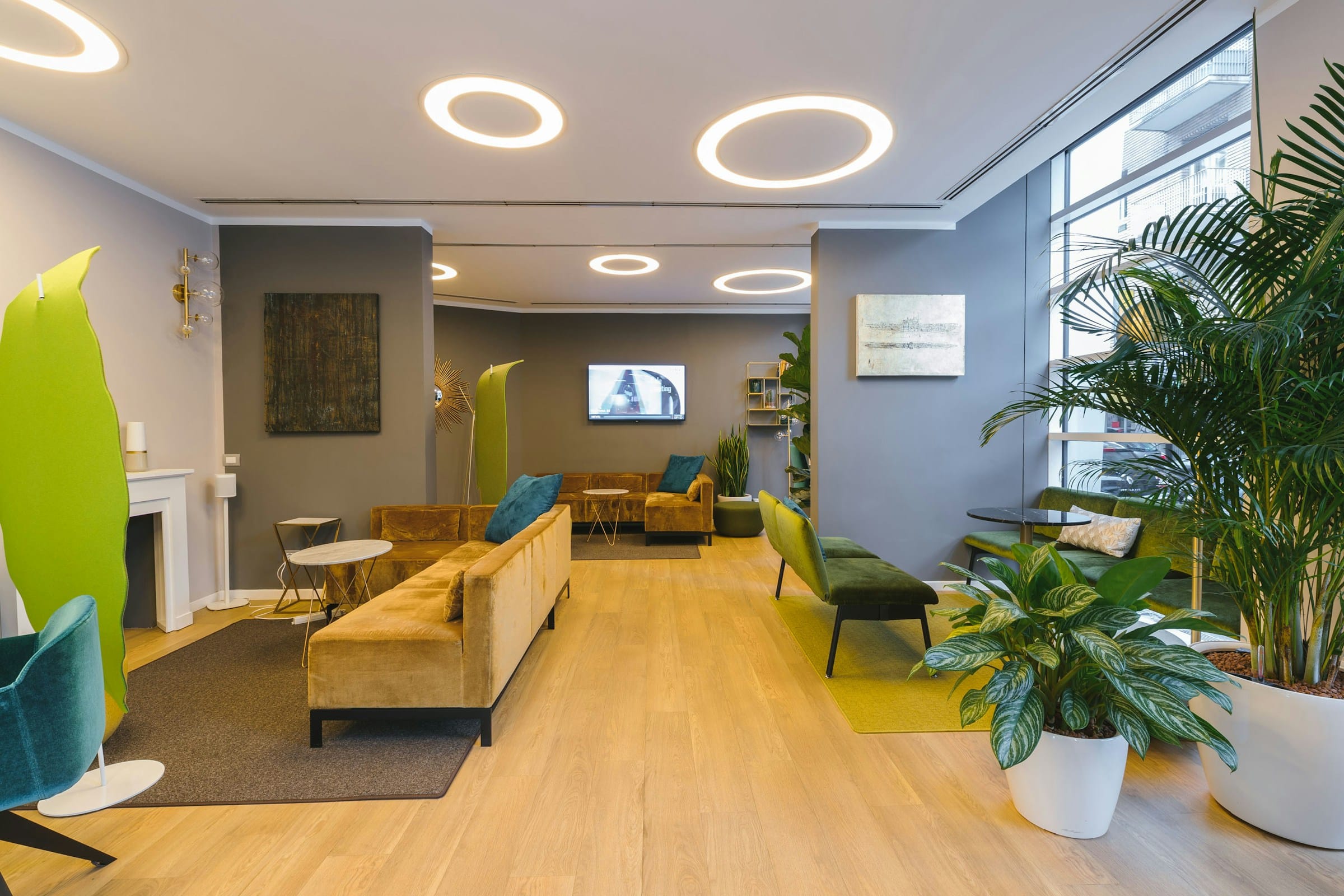How can you set up a Philips Hue smart lighting system using a Raspberry Pi and Homebridge?

In an age where smart lighting is more accessible than ever, setting up a Philips Hue lighting system with Homebridge on a Raspberry Pi is a rewarding project that can enhance your home’s ambiance while providing advanced automation capabilities. This guide will walk you through the process step-by-step, from initial setup to advanced configurations, ensuring seamless integration with Apple HomeKit.
Understanding the Basics: Homebridge, Raspberry Pi, and Philips Hue
Before diving into the setup process, it's essential to understand the components involved. Homebridge is an open-source software that acts as a bridge between non-HomeKit devices and Apple HomeKit. By running Homebridge on a Raspberry Pi, you can control various smart devices, including Philips Hue lights, through Apple's Home app.
A lire également : What are the steps to install and configure a Synology DS920+ for automated backups to Amazon S3?
What is Homebridge?
Homebridge is a lightweight Node.js server that emulates the Apple HomeKit API. It enables you to add support to non-Apple smart home devices, allowing you to control them using Siri or the Home app on your iPhone, iPad, or Mac. Homebridge is highly customizable, thanks to its wide range of plugins that support various smart devices.
Why Use a Raspberry Pi?
A Raspberry Pi is an affordable, compact, and energy-efficient computer ideal for running Homebridge. The Raspberry Pi community offers extensive support and numerous resources, making it easy for beginners to get started. With a Raspberry Pi, you can run Homebridge continuously without significant power consumption.
A découvrir également : What are the steps to install a custom liquid cooling loop in a Phanteks Eclipse P500A for a gaming PC?
Introducing Philips Hue
Philips Hue is one of the most popular smart lighting systems, known for its ease of use and versatile lighting options. The system includes smart bulbs, lamps, and light strips that can be controlled via the Hue Bridge. By integrating the Philips Hue system with Homebridge, you can enjoy enhanced control and automation through Apple HomeKit.
Setting Up Your Raspberry Pi
Once you have your Raspberry Pi set up and connected to your network, the next step is to install Homebridge.
Preparing Your Raspberry Pi
- Install Raspberry Pi OS: Download and install the Raspberry Pi OS onto an SD card. Insert the SD card into your Raspberry Pi and power it up.
- Update Your System: Open a terminal and run the following commands to update your system packages:
sudo apt update sudo apt upgrade
Installing Homebridge
To install Homebridge on your Raspberry Pi, follow these steps:
- Install Node.js and npm:
curl -sL https://deb.nodesource.com/setup_14.x | sudo -E bash - sudo apt install -y nodejs - Install Homebridge:
sudo npm install -g homebridge --unsafe-perm - Install Homebridge Config UI X (optional but recommended for easier management):
sudo npm install -g homebridge-config-ui-x sudo hb-service install --user homebridge
Integrating Philips Hue with Homebridge
Now that Homebridge is installed, the next step is to connect your Philips Hue system.
Setting Up the Hue Bridge
- Connect the Hue Bridge: Plug in your Hue Bridge and connect it to your router using an Ethernet cable.
- Register Your Platform: To enable Homebridge to communicate with the Hue Bridge, you need to register it. Open your Homebridge UI and go to the Plugins tab.
Installing the Homebridge-Hue Plugin
- Install the Plugin: Search for the homebridge-hue plugin and install it.
- Configure the Plugin: After installing the plugin, you need to edit your Homebridge config file (
config.json). Add the following section to theplatformsarray:{ "platform": "Hue", "name": "Hue", "users": { "your-bridge-serial-number": "your-bridge-username" }, "hosts": ["your-bridge-ip-address"] }Replace
your-bridge-serial-number,your-bridge-username, andyour-bridge-ip-addresswith your Hue Bridge details. You can obtain these details by pressing the link button on your Hue Bridge and running the following command:ph discover -v
Restarting Homebridge
After configuring the plugin, restart Homebridge to apply the changes:
sudo systemctl restart homebridge
Configuring and Using Your Smart Lighting System
With the Homebridge-Hue plugin installed and configured, your Philips Hue lights should now be accessible through Apple HomeKit. Here’s how you can manage and use your smart lighting system.
Adding Devices to HomeKit
- Open the Home App: On your iOS device, open the Home app.
- Add Accessory: Tap the “+” button and select “Add Accessory”. Scan the Homebridge QR code from the Homebridge UI.
- Assign Rooms: Assign your Philips Hue lights to different rooms in your home for better organization and control.
Creating Scenes and Automations
With your lights integrated into the Home app, you can create scenes and automations to control multiple lights simultaneously or schedule actions based on specific conditions.
- Scenes: Create scenes like “Movie Time” or “Dinner” to set multiple lights to specific settings with a single tap.
- Automations: Automate your lights to turn on or off based on triggers like time of day, location, or sensor activity.
Managing Your Homebridge Instance
To ensure that your Homebridge instance runs smoothly, you should periodically monitor and maintain it.
- Check for Updates: Regularly update Homebridge and its plugins to benefit from new features and security improvements.
- Refresh Sessions: If you encounter issues where devices are not responding, you may need to reload the Homebridge service or refresh sessions through the Homebridge UI.
- Troubleshooting: Use the Homebridge logs and the Homebridge UI to troubleshoot any issues. Common issues include the Avahi warning related to mDNS.
By following this guide, you’ve successfully set up a Philips Hue smart lighting system using a Raspberry Pi and Homebridge. This integration not only allows you to control your lights through Apple HomeKit but also opens up a myriad of automation possibilities. Whether you’re a tech enthusiast or a smart home beginner, this setup offers a robust and flexible solution to enhance your home’s lighting experience.
Remember, the key to a seamless smart home experience lies in the configuration and management of your devices. By regularly updating your Homebridge plugins and maintaining your Homebridge server, you’ll ensure that your smart lighting system remains reliable and responsive.
Feel free to explore additional plugins and extend your Homebridge setup to include other smart devices, creating a truly connected and automated home environment.
